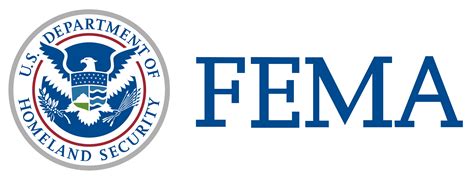FEMA TV commercial - Emergency Meeting

Table of contents
What the FEMA TV commercial - Emergency Meeting is about.
The FEMA TV Spot, 'Emergency Meeting' is a powerful messaging campaign that highlights the importance of disaster preparedness. This short video shows a group of community leaders gathered in an emergency meeting room, discussing the steps they need to take to prepare for an impending disaster.
As the conversation unfolds, a clock in the background ticks in real-time, emphasizing the impending danger. The leaders talk about the need to be ready with emergency kits, evacuation plans, and communication strategies. They urge people to be proactive in their approach to disaster preparedness as every second counts in a crisis.
The video ends with the leaders dispersing to take action, reminding viewers of the critical importance of planning ahead for disasters. The message is clear: in times of crisis, it's vital to have a well-prepared emergency plan in place.
Overall, the FEMA TV spot, 'Emergency Meeting' is an impactful and persuasive call to action. It emphasizes the importance of individual preparedness, community collaboration, and the critical role of leadership in guiding people during times of crisis. Whether you live in an area prone to disasters or not, watching this video can inspire you to take the necessary steps to be prepared for any future emergencies.
FEMA TV commercial - Emergency Meeting produced for FEMA was first shown on television on December 31, 2013.
Frequently Asked Questions about fema tv spot, 'emergency meeting'
Videos
Watch FEMA TV Commercial, 'Emergency Meeting'
We analyzed TV commercials placed on popular platforms and found the most relevant videos for you:
Actors
Actors who starred in FEMA TV Spot, 'Emergency Meeting'
Advertisers
Advertisers of the FEMA TV Spot, 'Emergency Meeting'
FEMA
FEMA, which stands for the Federal Emergency Management Agency , is an agency of the United States Department of Homeland Security (DHS). It is responsible for coordinating the response to disasters t...
Agenices
Agenices of the FEMA TV Spot, 'Emergency Meeting'
Mindshare
Mindshare is a global media agency that helps brands to grow and thrive in the fast-paced and ever-changing world of advertising. Founded in 1997, the agency has a strong presence in more than 80 coun...
TV commercials
Similar commercials















